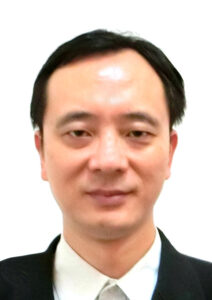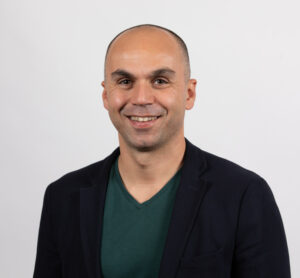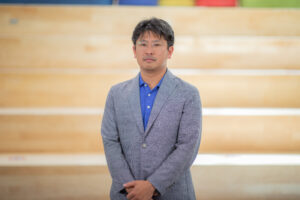
ZHENG Yuanjin
School of Electrical and Electronic Engineering, Nanyang Technological University, Singapore
Keynote
Emerging Electromagnetic-Acoustic Sensing and Imaging for in-vivo Healthcare Monitoring
Traditional electromagnetic sensing technique (e.g. Radar and Lidar) and acoustic imaging technique (e.g. microphone and ultrasound) have gotten wide applications in military, automotive, consumer, medical, and healthcare etc. fields. Emerging Electromagnetic-Acoustic (EMA) technique combines the merits of electromagnetic sensing with acoustic imaging, and goes beyond to fuse the sensors. Continuous health monitoring in hospital and/or home conditions has been of interest to doctors and healthcare practitioners for a long time. Recording of physiological and biopotential variables in real-life conditions could be especially useful in accurate management of chronic disorders or health problems. Physiological and biopotential signals have been used as important indicator of the vital signs of human-kinds, and real-time monitoring can predicate and be preventive to many serious life attacks. Furthermore, real-life long-term monitoring of health could be good measurement of treatment effects at home care, in situations where the subjects live their daily life. In this talk, we will discuss the implementations, functions and limitations of the respective sensors from circuits to systems, and therein to demonstrate their emerging applications. We would thus present in first half session on realization of three types of EMA sensors: (1) Low power phase array radar chips for Synthetic Aperture Radar (SAR) imaging, (2) Thermo-acoustic and magneto-acoustic sensors and (3) Photoacoustics sensing and imaging systems. In the second half of the session we will focus on demonstrating the EMA sensors for in-vivo healthcare monitoring of vital healthcare parameters. Firstly, a micro-radar chip scale sensor will be introduced for remote heart beat and respiration rate monitoring and falling detection. Secondly, a potable photoacoustic sensor is presented for non-invasively measuring blood parameters such as blood oxygen saturation (SO2), blood core temperature, blood Glucose in metabolic disease management. Thirdly a newly developed flexible blood stethoscope sensor will be demonstrated for prediction and diagnose of cardiovascular diseases such as atherosclerosis, stroke and thrombosis etc. The vital important healthcare applications and future development aspects will be briefly envisioned.

Refet Firat Yazicioglu
Galvani Bioelectronics
Keynote
Bioelectronics - Where Technology Meets Biology
Patients around the world continue to suffer from chronic diseases yet making new treatments remain a highly challenging and costly endeavour. Bioelectronic medicines, a new treatment modality that modulates signals in peripheral nerves, hold the promise to sit alongside today’s molecular medicines and neuromodulation devices. Bioelectronics uses miniature therapeutic implants to control organs and systems central in disease and could make medicines with improved precision, personalisation, adherence, and ultimately access. This presentation will discuss the promise of Bioelectronics therapies and how it harnesses the emerging technologies for the benefits of patients.

Arum Han
Texas A&M University
Keynote
Dielectrophoretic force for cell manipulation in high-throughput microfluidic systems
High-throughput microfluidics and lab-on-a-chip systems are rapidly changing how biomedical research and development are being conducted. These systems are also being applied to many biomedical diagnosis systems. These advancements are possible thanks to the high-throughput, single-cell-resolution capabilities of microfluidic systems, as well as the capability of integrating multiple different functions into a single lab-on-a-chip format through micro and nanofabrication. Cell-based testing systems are playing a critical part in these applications, from basic biomedical research to new therapeutics discovery. A critical requirement in these systems is the capability to manipulate cells with high accuracy and speed. Dielectrophoretic manipulation of cells have many advantages, including label-free manipulation, broad utility, high accuracy, and simple microfluidic structures, to name a few. In this presentation, latest developments of dielectrophoretic cell manipulation in high-throughput microfluidic systems, both continuous-flow microfluidics and droplet microfluidics, will be introduced. Several biomedical applications where high-throughput dielectrophoretic cell manipulation is revolutionizing the field will also be introduced. Finally, a prospective on future development need, along with potential applications that can benefit from these developments will be introduced.






